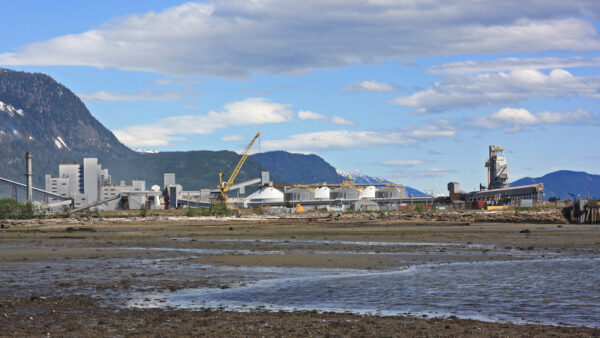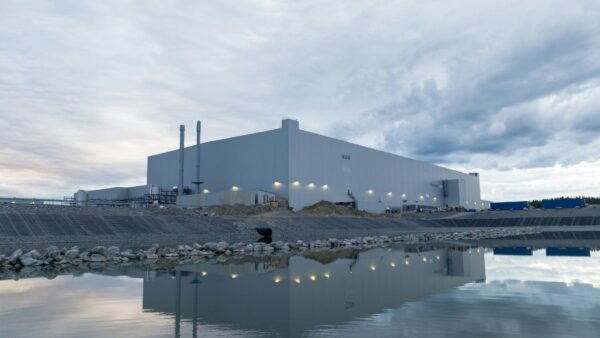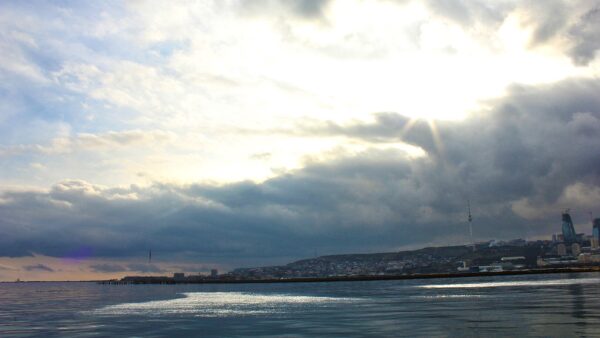Japanese engineer Hitachi wants to sell more than half its stake in its Horizon Nuclear Power subsidiary, which is slated to build 5.4GW of installed capacity at UK sites in Anglesey and Gloucestershire.
The Nikkei Asian Review reports that Hiroaki Nakanishi, the chairman of Hitachi, is to travel to the UK for talks with Prime Minister Theresa May. He hopes to sell at least 50% of his stake to British companies to participate and hopes to reduce its own stake to less than 50%.
If no agreement can be found, Hitachi plans to withdraw from the schemes.
The move follows an internal review by Hitachi into the cost of the Wylfa Newydd project. This found that its construction cost was likely to be $27.5bn, which was judged to be too much risk for Hitachi to manage on its own. Â
The UK government has held some talks with Hitachi about finding new investors from the UK and Japan to share the risk.
One idea has been to find three sets of shareholders that would each invest $2.7bn in the scheme. It is understood that these could include the Japanese and UK governments.
If the UK state does take a holding in Wylfa, it will represent a retreat from the previous Labour government’s position that no public money would be spent on the UK’s third generation reactor building programme.
Wylfa also has fundamental problems with its financing and business case. The scheme is relying on state guarantees for some of the $18bn in loans the project will require. It was reported last year that Nippon Export and Investment Insurance will guarantee some of the money, and it is hoped that the rest will be covered by the UK government, but no deal has been reached on this.
Another stumbling block is the price to be paid of Wylfa’s electricity. At present the government’s offer is 20% less than Hitachi’s preferred selling price. Â
The Wylfa scheme is to be built on the site of a decommissioned Magnox facility. The plan is to build two advanced boiling water reactors (ABWR) with an installed capacity of 3GW. Construction was to have begun this year, with completion scheduled for the mid-2020s.
Horizon was originally a joint venture between two German utilities, E.ON and RWE. Hitachi acquired complete ownership of Horizon in 2012 for $800m as part of its plan to expand into foreign markets. It has already spent about $1.8bn since 2015 on preparing the site.
Image: Anglesey’s original Magnox reactor, in use between 1971 and 2015 (Panoramio)
Further reading:
Comments
Comments are closed.











The Swansea Bay Tidal Lagoon seems a far better energy generating proposition to me, not least because it will not generate any nuclear waste.
Horizon (Hitachi) plan to build Wylfa Newydd adjacent to the Magnox Wylfa A site not on the Wylfa A site. The latter is 2 years into decommissioning which is planned to end circa 2116!
Wales may be prey of Greedy Nuclear Industries of Japan.
Why do we need to be taking huge financial risks for nuclear energy production that will take decades to deliver (if then) during which time, were we to invest a fraction of these £billions in renewable energy production with existing technology we’d have no need of this additional Nuclear capacity – and renewable technology will continue to improve, including storage technologies.. Obviously we should be putting more money in to energy production innovation and energy conservation.
Alike the Theresa May cautious pause followed by maddening uninformed go ahead for Hinkley Point C .. She ought correctly to have cancelled on the Chinese investment – could even have requested they invest in our renewable infrastructure; how good would that have been? Rapid increase in energy production.. Potential for rapid increase in energy storage, for energy efficiency investments such as LED street lighting.. And the Chinese would have been able to get a rapid return on their investments..
Government policy on energy, both renewables and nuclear is so maddening stupid.
Allow Hitachi to walk away from this project — If the risk is too great for them, recognise that they are being wise and cancel or suspend the project until an alternative technology makes a lot more sense with a lot less risk.